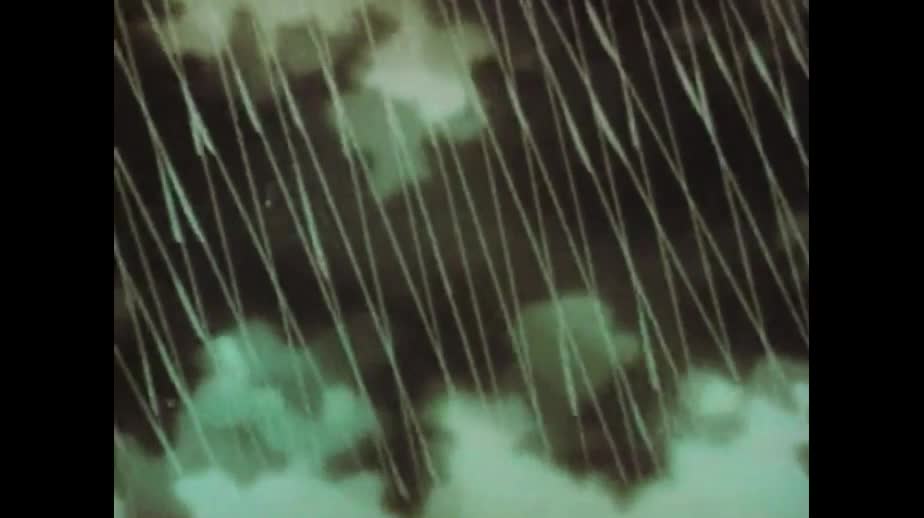Premium Only Content

Kujira (Whale) c.1952 : First Asian animation at the Cannes Film Festival
First made in 1927 as a silent black and white film, Noburo Ofuji’s Kujira, or Whale, maintained its priority of visual storytelling in its final version while taking on some fascinating changes thanks to the possibilities of color film. Ofuji’s film was the first piece of Asian animation ever shown at the Cannes Film Festival, and it garnered praise from festival attendee Pablo Picasso (yes, really) as well as the poet Jean Cocteau, who was a member of the jury the year that it was screened.
In remaking the film, Ofuji deployed the unique method of using cutouts of transparent, colored cellophane and silhouetted shadow puppets, assembled on a multiplane animation table used to backlight the frames. This resulted in intentionally flat but fantastically layered frames, each swirling layer of water or sky remaining distinct even as the film quickly moves into visual chaos. Instead of storytelling through dialogue or conventional animated character acting — expression through both body language and facial expression — Ofuji’s obfuscation of the characters, which only exist here as shadows, forces the film to convey its meaning through just body language and movement, composer Setsuo Tsukahara’s tense classical score, and sound effects: crashing waves and thunder; the strained groans of a sailing ship under duress; and occasionally the laughter, screams, and incidental chatter of the ship’s inhabitants.
The film follows a ship as it’s attacked by the eponymous whale and, subsequently, one of the survivors as she staves off assaults by her crew mates and evokes the work of Herman Melville, with its collisions of man’s vices and folly with titanic marine life, as well as the biblical tale of Jonah, as the survivors of the shipwreck are swallowed by the whale. But Ofuji’s own fable is wholly idiosyncratic in its presentation. Its fairly common themes of humankind’s propensity for violence and the conflict between humans and the natural world become extraordinary in the hands of Ofuji — and its creative ambitions, as that Cannes jury confirmed, were a signal to the world that Japan, sooner rather than later, would become an animation superpower to be reckoned with.
https://www.vulture.com/article/most-influential-best-scenes-animation-history.html
-
 1:04
1:04
Reuters Entertainment
4 years agoCannes festival palace turns into vaccine center
84 -
 1:59
1:59
Vanguardia
5 years agoVideo concurso Festival Cannes
88 -
 0:12
0:12
PlaytimeWithErika
4 years agoErika's first 3D animation video - Sky the Pegasus
74 -
 1:21
1:21
Reuters Entertainment
4 years agoSundance Film Festival launches online
27 -
 0:59
0:59
Newsy
5 years agoCannes Film Festival Postponed Due To Coronavirus
455 -
 0:32
0:32
WochitNow
5 years agoCannes Film Festival Organizers Evaluating Options Amid Coronavirus
43 -
 1:00
1:00
Digital Trends
5 years agoYouTube partners with Tribeca, Cannes, Sundance for free film festival
21 -
 0:34
0:34
KMGH
4 years agoDenver Film Festival starts tonight
48 -
 3:32
3:32
WTMJMilwaukee
4 years agoMilwaukee Film Festival shifts to May
7 -
 0:49
0:49
WXYZ
4 years agoRoyal Starr Film Festival
19